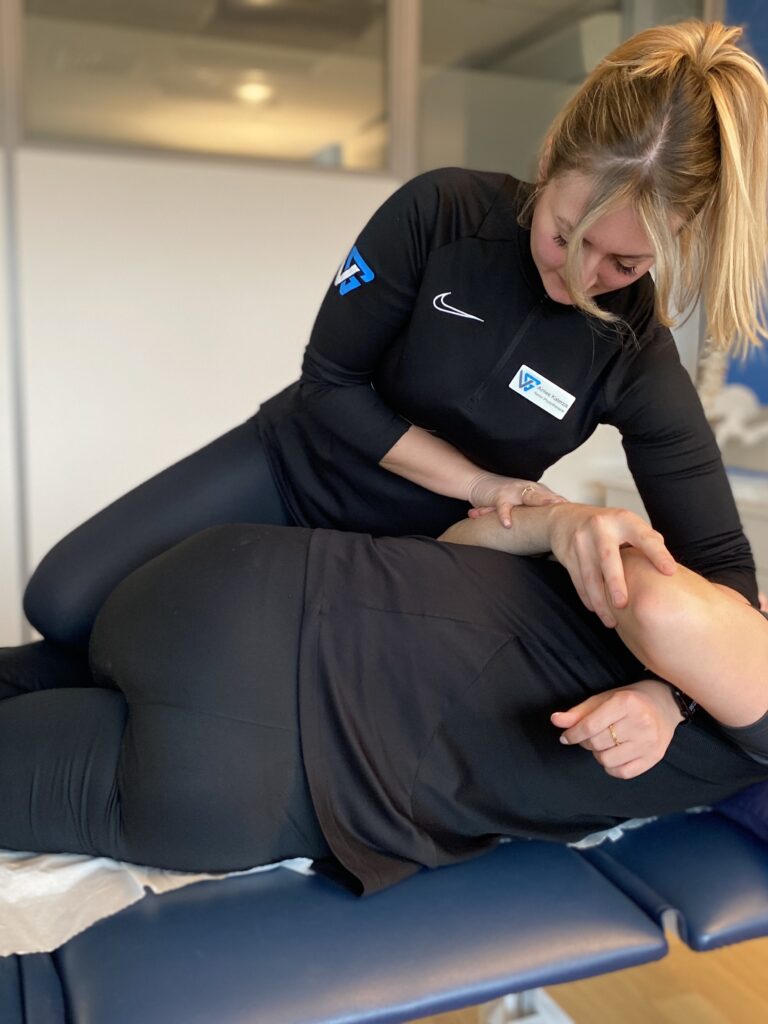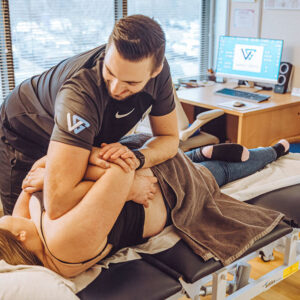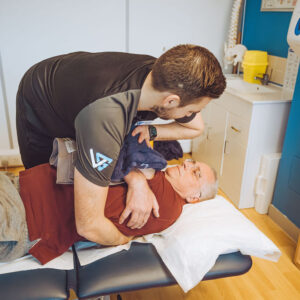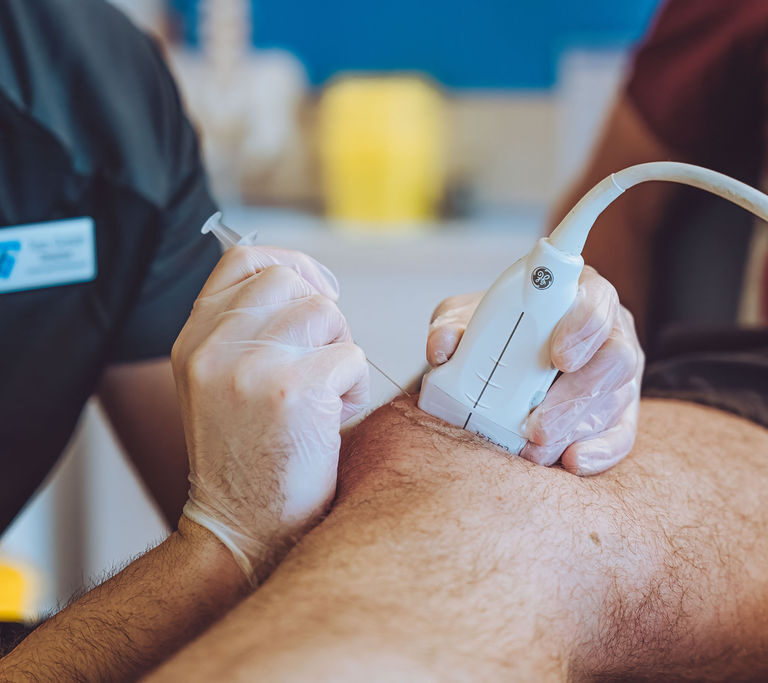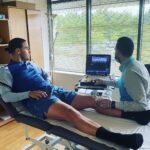During your treatment, your physiotherapist will use a range of hands-on techniques to help reduce pain and improve stiffness in affected joints. While manual therapy is often associated with spinal conditions, it can be highly effective for all joints in the body.
One of the most commonly used techniques is joint mobilisation. By applying gentle force to a joint—sometimes in a way it wouldn’t normally move—mobilisations can help increase range of motion, reduce pain, and improve overall ease of movement. Many patients describe this as a therapeutic experience, often feeling like it directly targets the source of their discomfort.
For spinal conditions, joint manipulation can also be performed. This involves taking a spinal segment to its end range and applying a quick, precise thrust, often producing the well-known ‘click’ sound. This technique is highly effective in quickly restoring movement and improving joint function.
Another key element of manual therapy is soft tissue mobilisation, commonly known as deep tissue massage. Often combined with dry needling acupuncture, this approach targets tight or overactive muscles to relieve tension, reduce pain, and restore normal function.
Manual therapy is a valuable part of our in-clinic treatments, providing immediate relief and facilitating your recovery. However, it is always complemented by a tailored rehabilitation plan and self-management strategies. Your physiotherapist will guide you through exercises and techniques to build on the benefits of hands-on treatment, ensuring long-term progress and lasting results.

